Aktuelle News & Schlagzeilen
Todd Rundgren - ‘Clearly Human Virtual Live Tour’ (2021)
Todd Rundgren’s recent virtual ‘tour’ concept featured 25 shows, broadcast live over a five-week period from Radius Chicago, a new 3,800 capacity live performance venue in an old Pilsen steel factory. Each day was orientated towards a particular city, complete with special locally related video content, and people living in the relevant area able to access advanced tickets before the box office was opened further.
Lighting designer Hans Shoop utilized Robe BMFL Spots, Spikies and a RoboSpot system controlling three BMFL Follow Spots on the rig, among other lights, fulfilling a brief to create as much normalcy as possible for a live band show. They specifically didn’t want the production looking like a video shoot nor a ‘band in a void’ recording scenario, a mission for which Shoop worked closely with Alex Skowron.
Skowron, also an LD in his own right, had been the production designer on Rundgren’s 2004 ‘Liars’ tour. When he heard about this virtual tour project, he reached out to the production team headed by production/tour manager and monitor engineer Paul Froula and asked if he could assist.
He explains how the mission was to make the space appear nondescript and neutral so the audience could think they were actually touring: “The last thing we wanted was to have the same architectural features coming up show after show, so we blacked out any features that would give away the fact we were in the same space for five weeks and turned the room into a black box.”
Skowron became involved on the lighting and visuals production, sourcing kit and crew and crunching logistics which included keeping the equipment supplies as local as possible. He was also “indispensable” in materializing the design, explains Shoop whose fundamental task was to ensure the artist was well lit at all times and from all angles. The RoboSpot system helped providing a key, a fill and a backlighting BMFL Follow Spot tracking him constantly. These three luminaires were all controlled by one operator with the RoboSpot Base Station located near the FOH area.
RoboSpot duty was split between five stagehands working in daily shifts throughout the week for the two-hour performance. The full lighting rig was supplied by Upstaging, who rigged 12 trusses above the Radius’ stage - seven for lighting, four for scenics including two kabuki drops, and one upstage supporting the LED wall.
The 24 x BMFL Spots were rigged all over the lighting trusses and on the deck used for the key light and specials across the 12-piece band, as well as for lighting scenic elements. The 32 x Spikies were lined up along the vertical bars of two pods flown each side of stage and were an essential visual piece filling the wing voids on camera. They became more apparent as the show arc unfolded, explains Shoop, initially backlighting the kabuki cloths during the early stages of the show, then after these dropped providing beams firing through the haze towards the end of the set. While Shoop had originally spec’d LEDBeam 150s, the Spikies were in stock at Upstaging and came into their own.
The thousands watching remotely on a device somewhere - also visible to the band on video tiles at the front of stage - and the 30 in-person (masked and tested) audience allowed in the venue each night were treated to a set featuring music from the seminal 1989 ‘Clearly Human’ album plus many others from Rundgren’s back catalogue.
The broadcast camera director was John Deeney and video production - screens and cameras - were supplied by Nighthawk Video. Hans Shoop was also involved in creating some of the custom video content along with Todd Rundgren and Danny Connor. Nick Pishghadamian was Upstaging’s lighting technician.
(Photos: Jim Snyder)
SCHLAGZEILEN
news archiv
suche
© 1999 - 2025 Entertainment Technology Press Limited News Stories

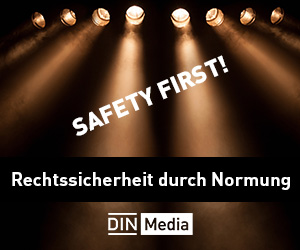

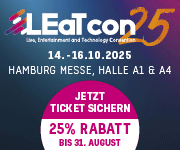
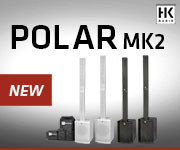
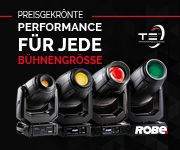


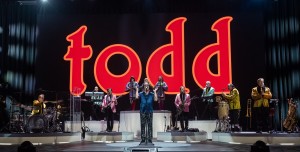
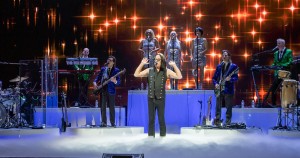
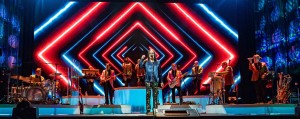
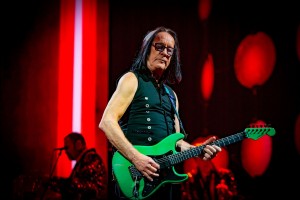
![Robe [Header]](/images/general/sponsors/Robe-Banner-2022.jpg)